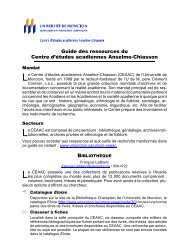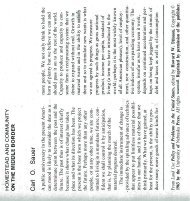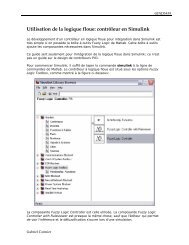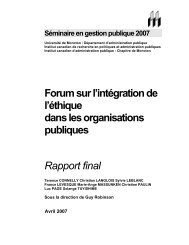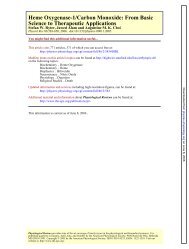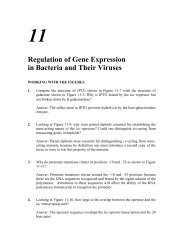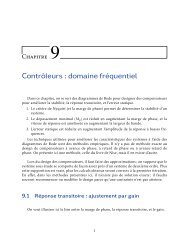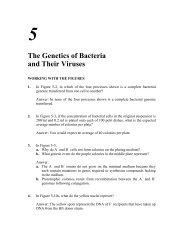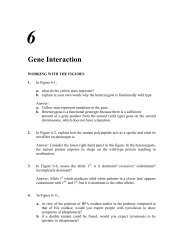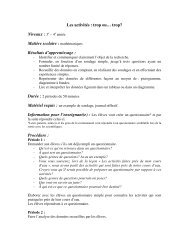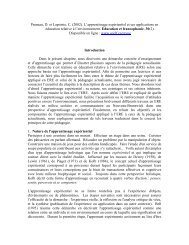IGA 8/e Chapter 2
IGA 8/e Chapter 2
IGA 8/e Chapter 2
Create successful ePaper yourself
Turn your PDF publications into a flip-book with our unique Google optimized e-Paper software.
<strong>Chapter</strong> Two 31a. Is this pedigree compatible with the mode of inheritance for Huntingtondisease mentioned in the chapter?b. Consider two newborn children in the two arms of the pedigree, Susan in theleft arm and Alan in the right arm. Study the graph in Figure 2-24 and forman opinion on the likelihood that they will develop Huntington disease.Assume for the sake of the discussion that parents have children at age 25.Answer:a. Yes. It is inherited as an autosomal dominant trait.b. Susan is highly unlikely to have Huntington’s disease. Hergreat-grandmother (individual II-2) is 75 years old and has yet to develop it,when nearly 100 percent of people carrying the allele will have developedthe disease by that age. If her great-grandmother does not have it, Susancannot inherit it.Alan is somewhat more likely than Susan to develop Huntington’s disease.His grandfather (individual III-7) is only 50 years old, and approximately 20percent of the people with the allele have yet to develop the disease by thatage. Therefore, it can be estimated that the grandfather has a 10 percentchance of being a carrier (50 percent chance he inherited the allele from hisfather 20 percent chance he has not yet developed symptoms). If Alan’sgrandfather eventually develops Huntington’s disease, then there is aprobability of 50 percent that Alan’s father inherited it from him, and aprobability of 50 percent that Alan received that allele from his father.Therefore, Alan has a 1 / 10 1 / 2 1 / 2 = 1 / 40 current probability of developingHuntington’s disease and a 1 / 2 1 / 2 = 1 / 4 probability if his grandfathereventually develops it.




